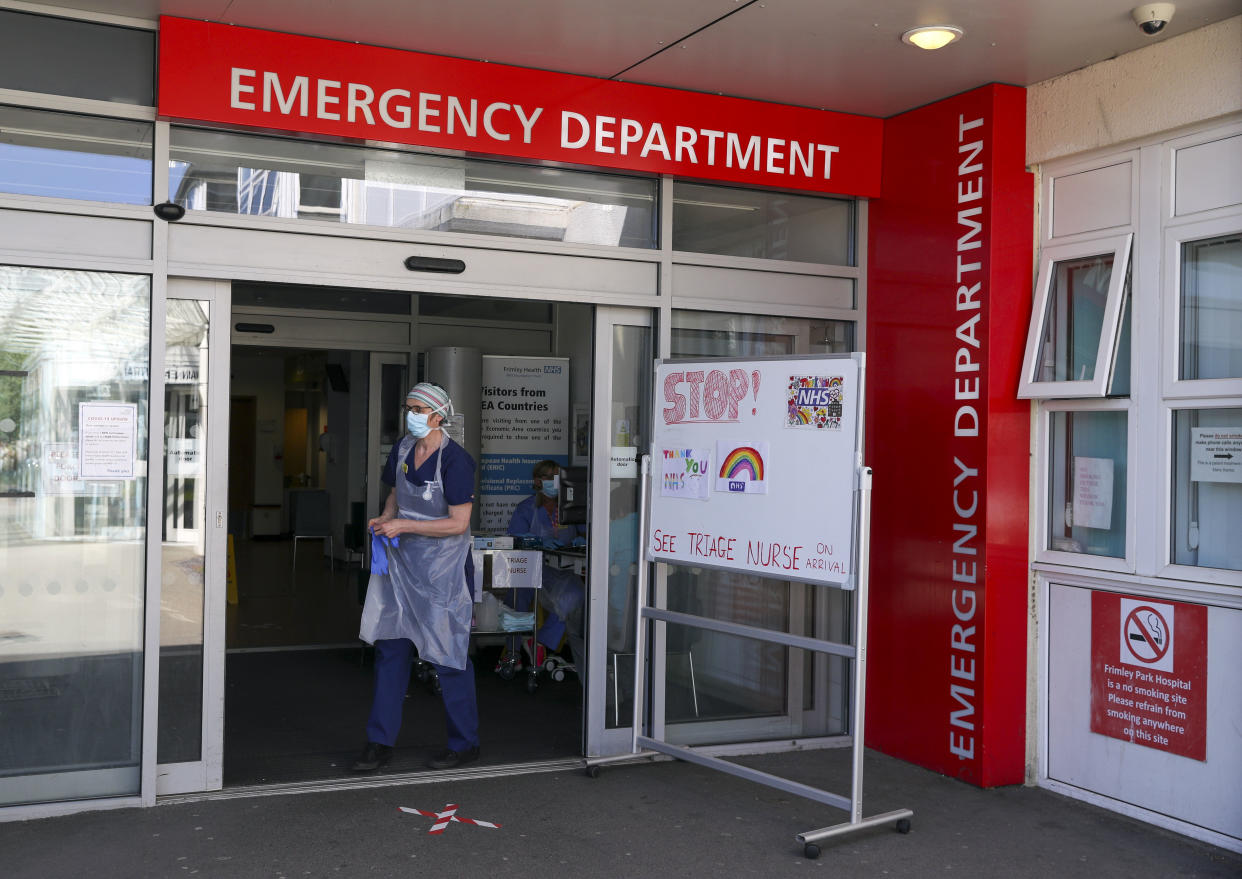People in most deprived areas of England twice as likely to die of coronavirus

The coronavirus death rate in the most deprived areas of England is more than double that in the least deprived areas, new data shows.
Figures released by the Office for National Statistics (ONS) found there were 46,687 deaths involving coronavirus in England and Wales between 1 March and 31 May 2020, representing a quarter of all deaths in this time period.
Overall, this means there were 81.2 deaths involving COVID-19 per 100,000 people in England and Wales.
In England, the death rate for the least deprived area was 58.8 deaths per 100,000 population. The death rate in the most deprived area was more than twice that, with 128.3 deaths per 100,000 population.
The mortality rate of deaths involving #COVID19 in the most deprived areas of England was more than double that in the least deprived areas:
▪️ most deprived: 128.3 deaths per 100,000 population
▪️ least deprived: 58.8 deaths per 100,000 populationhttps://t.co/o4C8FTpyBA pic.twitter.com/WXpS73JMpG— Office for National Statistics (ONS) (@ONS) June 12, 2020
The figures show that death rates were higher in cities than in rural areas.
Sarah Caul, head of mortality analysis for the ONS, said: “People living in more deprived areas have continued to experience COVID-19 mortality rates more than double those living in less deprived areas.
“General mortality rates are normally higher in more deprived areas, but COVID-19 appears to be increasing this effect.”
The area with the highest COVID-19 death rate in England and Wales between 1 March and 31 May was the London borough of Brent, with a rate of 210.9 deaths per 100,000 people, followed by four more London boroughs – Newham (196.8 deaths per 100,000 people), Hackney (182.9 deaths per 100,000 people), Harrow (178.0 deaths per 100,000 people) and Haringey (177.9 deaths per 100,000 people).
In May, the death rate in London had slowed, the figures show, and the region with the highest mortality rate was the North East.
The South West region had the lowest mortality rate overall and during each of the last three months.
A separate ONS report released on Friday showed that coronavirus infection rates continue to decline in England.
An average of 33,000 people in England had coronavirus at any given time between 25 May and 7 June, according to the figures, not including those in hospitals or care homes.
The previous infection study estimated 53,000 people in England had COVID-19 any one time between 17-30 May on average.
Coronavirus: what happened today
Click here to sign up to the latest news, advice and information with our daily Catch-up newsletter
Read more about COVID-19
How to get a coronavirus test if you have symptoms
How easing of lockdown rules affects you
In pictures: How UK school classrooms could look in new normal
How public transport could look after lockdown
How our public spaces will change in the future
Help and advice
Read the full list of official FAQs here
10 tips from the NHS to help deal with anxiety
What to do if you think you have symptoms
How to get help if you've been furloughed

 Yahoo News
Yahoo News 


